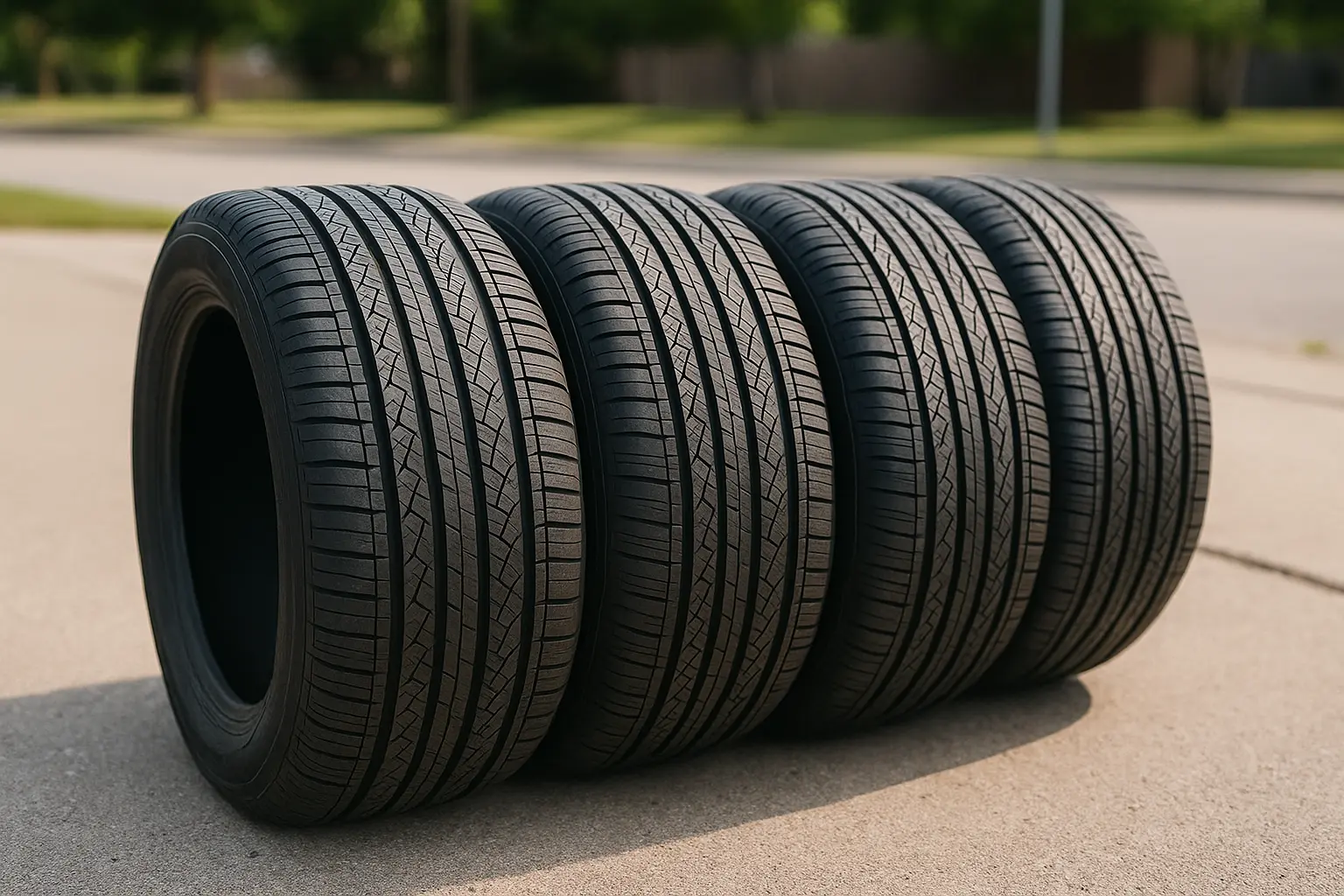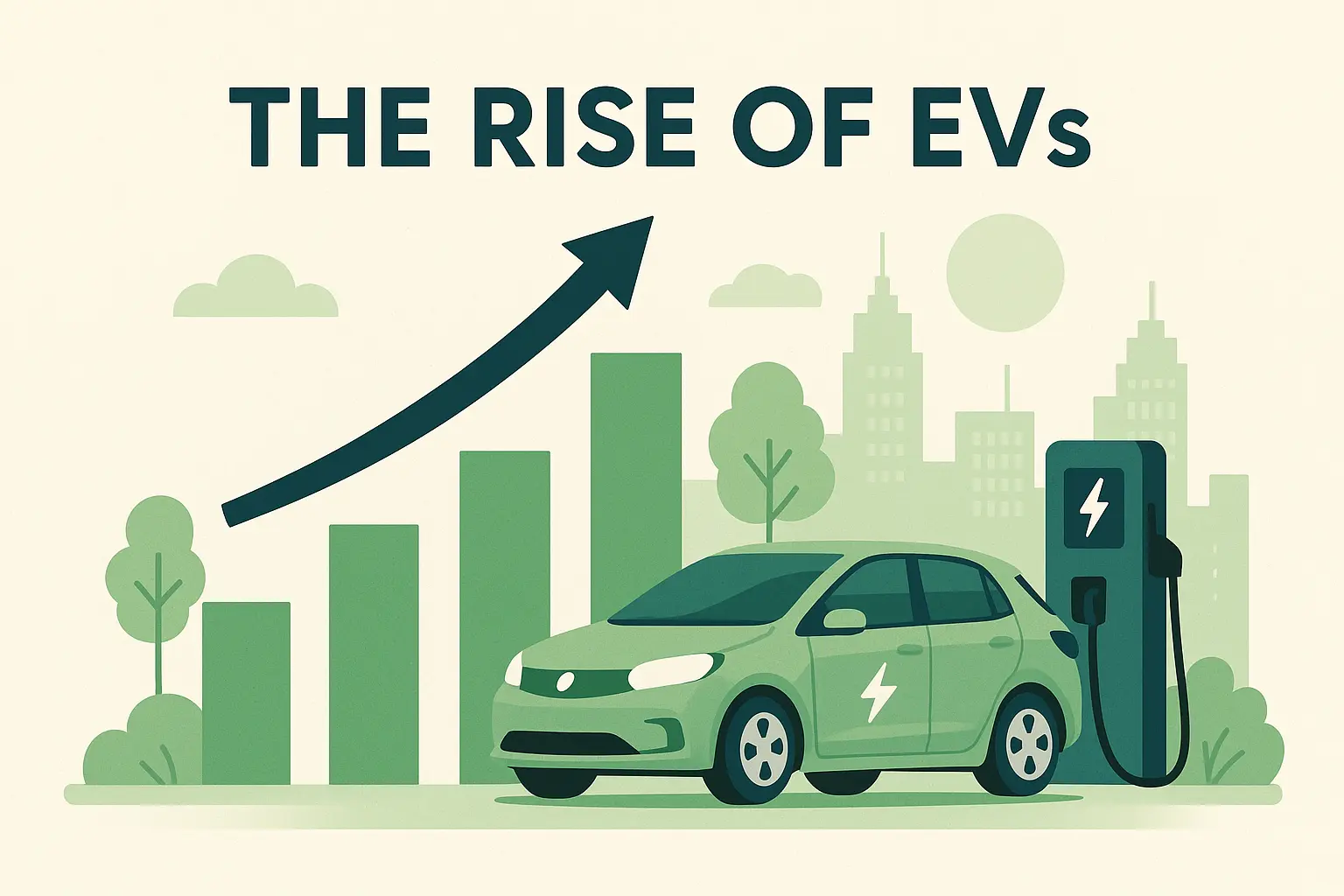Tires can impact your car’s fuel efficiency, safety, and, in some cases, noise. Most tend to view the tire just as a basic necessity when it is among the most important components of your car. Knowing your tire right from wrong is going to save you money, save your life, and enhance your driving experience, whether you are a seasoned driver or an absolute newbie.
This blog will teach you why tires matter, how to choose the right tires for your car, common mistakes to avoid, and trends that will advance tire technology.
Why Tires Matter: More Than Just Rubber on the Road
Tires are the only things between your vehicle and the road. These directly affect everything from braking distance to handling and ride comfort to fuel consumption. In the United States alone, the National Highway Traffic Safety Administration (NHTSA) reports that tire-related problems contribute to more than 11,000 crashes every year.
Hence, picking and maintaining the proper tires is not merely a technical chore but an issue of safety as well.
Key Benefits of Choosing the Right Tires
1. Safety
If the tires are correctly chosen and maintained, they’ll make sure that a driver has the proper grip and control in wet or snow conditions. Brands like Michelin, Goodyear, and Continental are known for stringent safety testing.
2. Fuel-Efficient
Low rolling resistance tires, such as the ones by Bridgestone Ecopia or by Pirelli Cinturato, help lower the energy needed to move a vehicle, thus improving fuel consumption.
3. Extended Life
A good tire is a tire that can be properly maintained. Thus, a high-quality tire can last longer and hence provide better value in the long run.
4. Better Performance
Performance tires by brands like BFGoodrich or Yokohama are meant for sharper handling and greater response under sports car or high-speed driving conditions.
Step-by-Step Guide: How to Choose the Right Tires
Step 1: Know Your Tire Size
The size can be found on either the sidewall of your current tires or on your vehicle’s door placard. It would be something like 225/45R17.
Step 2: Identify Driving Requirements
- Commuter: All-season tires like the Michelin Defender strike a good balance in durability.
- Off-road: Amongst all-terrain tires, BFGoodrich All-Terrain T/A KO2 has good looks.
- Snow/Ice: Winter tires such as Nokian Hakkapeliitta give maximum traction in freezing temperatures.
- Performance: Pirelli P Zero or Continental ExtremeContact will run fast and hold tight.
Step 3: Ratings
Ratings include treadwear, traction, and temperature resistance under the UTQG system.
Real-World Example: How a Tire Choice Changed the Fate of a Business
Case study: Urban Ride Delivery Services
An e-bike delivery startup in Chicago was facing constant complaints of tire punctures and delivery delays owing to poor road conditions. They changed to using Schwalbe Marathon Plus tires, and puncture incidents reduced by 80%, causing delivery times to improve. Repair costs fell, and in turn, customer satisfaction rose.
Actionable Tips for Tire Maintenance
- Keep checking tire pressure every month using a digital gauge. Low air pressure reduces mileage and wears tires.
- Rotate tires every 5,000-7,000 miles to allow for uniform tread wear.
- Watch for uneven wear, cracks, or bulges, all showing possible alignment or suspension problems.
- Tires should be replaced when tread depth is lower than 2/32 inches or when the wear bars reach the tread level.
Typical mistakes to avoid
- Using mismatched tires on the same vehicle: Different brands and types of tires cause instability.
- Not checking for the seasons: Safety and longevity are compromised when summer or winter tires are taken out of their season.
- Not aligning: Premature wear on tires and handling issues will result from misaligned wheels.
- Not investing in tires without prior knowledge: Budget tires sometimes fail basic safety considerations. Always read reviews on platforms like Tire Rack or Consumer Reports.
Future Tire Technology Trends
- Purely Airless Tires
Brands like Michelin aim to build airless, puncture-proof tires that eliminate the problem of flat tires.
- Smart Tires
Connected tires equipped with sensors (like Pirelli Cyber Tire) can monitor temperature, pressure, and road conditions in real time.
- Sustainability Materials
Bridgestone is considering the alternative use of natural rubber and recycled materials for the production of environmentally friendly types of tires.
Conclusion: So Drive Smarter by Making Smarter Tire Choices
Tires are not mere accessories-they constitute the integral interfacing element between your car and the road, thereby directly affecting its performance, safety, and expenses. A good selection of tires, keeping them in proper running condition, and remaining aware of the latest tire technology can all go a long way to making your entire driving experience much more pleasant.
For more carved-up tips on car maintenance tips or gear reviews, subscribe to our newsletter and receive expert advice every week.



